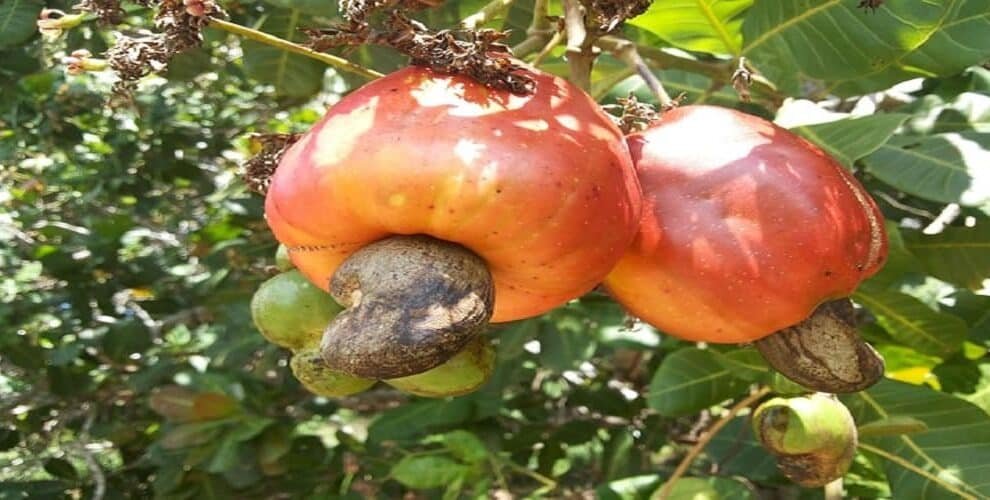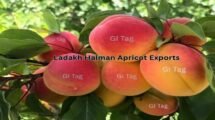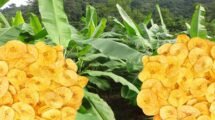The Nut and Dried Fruit Council of India (NDFC-I) has launched a major initiative to boost domestic production of nuts and dried fruits by importing high-yield walnut and cashew seedlings from other countries. The move aims to reduce India’s dependence on imports and establish long-term self-reliance in the sector, according to Gunjan Jain, President of NDFC-I.
“Last year, we initiated pilot plantation projects across India and received government approval to import premium planting material under strict quarantine norms,” said Jain during an online interaction with BusinessLine. “India lacks high-quality planting material, so we’ve started with walnuts and cashews. A pilot plantation has already begun in Uttarakhand.”
While global walnut production has tripled since 2010, India’s output remains stagnant at 25,000 tonnes, down from 35,000 tonnes, with Kashmir as the sole producer. In contrast, China—once comparable to India in the 1980s—now produces 1.2 million tonnes annually.
India’s potential for large-scale cultivation of nuts and dried fruits is significant due to its favorable topography and climate. However, the country currently produces only one lakh tonnes of cashew nuts annually, against a demand of four lakh tonnes, resulting in heavy imports.
Established two years ago, NDFC-I unites all stakeholders in the industry and works closely with government bodies on international collaboration, trade events, and policy advocacy. Also Read | dry fruits trade startup to add more Agri-commodities to expanding its operations
Jain emphasized the sector’s strong growth trajectory, noting a 15% compound annual growth rate (CAGR) fueled by rising health consciousness post-COVID-19. The industry is valued at ₹60,000 crore at the retail level and ₹35,000 crore at the factory-gate level, contributing ₹8,000 crore in GST and customs duties.
Consumption patterns have seen dramatic shifts. Walnut consumption surged from 18,000 to 90,000 tonnes. Pistachios rose from 9,000 to 38,000 tonnes. Almonds, for which India is the largest consumer, have hit 280,000 tonnes annually. Cashew consumption now stands at 400,000 tonnes, and raisins between 200,000 and 250,000 tonnes.
“Superfoods like pumpkin seeds and chia seeds are seeing explosive growth. Pumpkin seed consumption has jumped from 400 to 7,000 tonnes, and chia is following a similar trend,” added Jain.
To foster industry growth and networking, NDFC-I has launched the annual MEWA event, India’s premier nuts and dried fruits trade exhibition. The 2024 edition in February attracted 9,000–10,000 visitors, 330 exhibitors, and 1,200 international delegates from 30 countries. An estimated $50 million in business transactions were recorded.
Addressing challenges in production, Jain pointed to the long gestation period for trees such as almonds and walnuts, which begin fruiting only after six years but then yield for over four decades.
Jain also highlighted the council’s efforts to organise and promote makhana (fox nuts), whose demand and prices have surged due to rising health awareness. “Prices have increased from ₹400 to ₹1,200 per kg at the farm level. Cultivation is expanding, especially in western Uttar Pradesh, and crop size is projected to grow 1.5 to 1.8 times this year,” he said.
As makhana goes global, the Indian diaspora is playing a significant role in its popularity, and the council is working to further formalise the sector.
About NDFC-I
The Nut and Dried Fruit Council of India is a dedicated industry body committed to promoting domestic cultivation, organizing the sector, and facilitating global trade and collaboration in nuts, seeds, and dried fruits.


















Add Comment